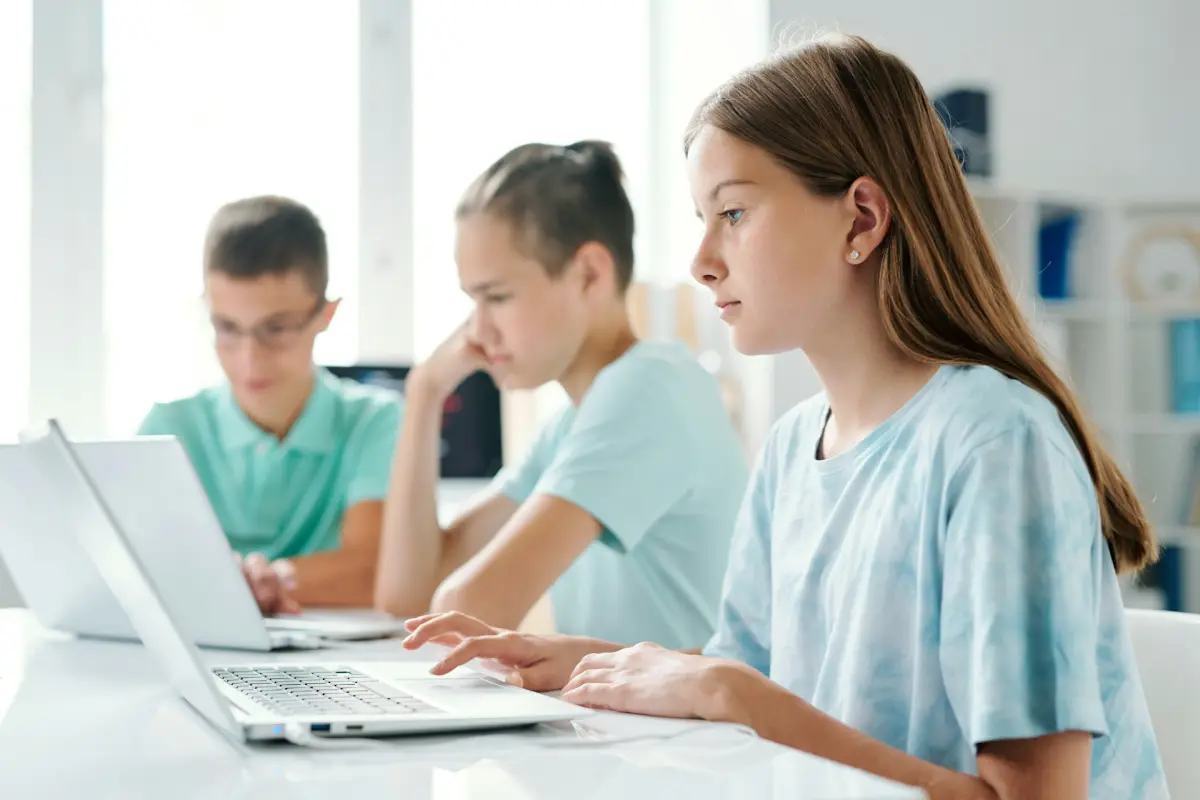Laptops in Classrooms: Changing How Students Learn and Connect
Step into a modern classroom, and the hum of technology is palpable. Once reserved for media labs or special projects, laptops have become indispensable daily tools for teachers and students. Instead of relying on printed worksheets or static textbooks, students can tap into a dynamic ecosystem of educational websites, multimedia simulations, and interactive lessons with just a few clicks. The shift is not simply about convenience—it is about expanding what’s possible in the classroom and engaging students in ways that foster deeper learning and critical thinking.
One of the strongest examples of this shift can be found in how computers help students connect to up-to-date information, collaborate on real-world problems, and develop essential skills for the future. Instead of passively receiving information, learners become active participants: researching topics independently, creating digital projects, and receiving real-time feedback. This hands-on, inquiry-driven approach changes the classroom from a one-way street to a vibrant, two-way exchange of ideas.
Contents
Boosting Engagement and Participation
The introduction of laptops has led to transformative changes in how students engage with lesson material and one another. Technology, mainly when supported by well-designed instructional strategies, sparks curiosity and motivates students to take ownership of their learning. Digital access during and after the pandemic was crucial for maintaining student involvement, and the effects have extended well beyond the immediate crisis.
Teachers are now able to connect with students beyond the front row. Interactive polls, quizzes, live chats, and shared digital workspaces ensure everyone can participate. For students anxious about speaking out loud or processing information differently, laptops offer a low-pressure platform for expressing ideas.
Group activities also gain new life: brainstorming sessions, peer editing, and virtual labs can take place simultaneously, turning the classroom into an energetic hub of activity. Whether it’s a science class analyzing data sets or a literature group annotating texts together online, technology actively draws students into the learning process.
Bridging Equity Gaps in Education
Educational equity has become a core focus in recent years, and access to laptops is a powerful tool for narrowing opportunity gaps. When schools provide each learner with a device—and ensure reliable internet connectivity—they level the playing field for students from all backgrounds. This is particularly significant in communities where resources may be limited and students face obstacles outside the classroom that impact their ability to keep up.
Studies consistently reveal that schools investing in digital infrastructure and regular laptop use see improvements in test scores, graduation rates, and overall student confidence. Laptops allow every student to dive into digital libraries, complete homework assignments, and review class materials regardless of whether they have access to physical resources at home.
Emailing a teacher, participating in virtual discussions, or receiving prompt help with assignments is a game-changer for students who may have felt left behind in the traditional education model. By addressing the digital divide this way, schools are opening up new pathways for lifelong learning.
Personalization and Real-Time Feedback
Personalization is no longer an educational buzzword—it’s a tangible, everyday experience in classrooms with laptops. Teachers can use adaptive software and online platforms to assess where students are thriving and where they need extra support. This is especially valuable in diverse classrooms with wide ranges of ability and background. Instead of delivering the same lesson to every student, teachers can assign enrichment activities to those who need a challenge and remediation tasks to those who need to close learning gaps.
The advantages of digital personalization are well documented. Students receive immediate feedback after quizzes or assignments, allowing them to understand and learn from mistakes while the material is fresh. This ongoing feedback cycle creates a more supportive and encouraging learning environment, including teacher insights, peer reviews, and self-reflection. Ultimately, students improve their academic skills, learn how to manage their progress, and advocate for their needs as learners.
Collaboration Beyond the Classroom Walls
With the aid of laptops, collaboration is no longer confined to physical classrooms, scheduled periods, or even time zones. Tools like shared documents, virtual whiteboards, video calls, and instant messaging make it easier for students to co-create projects, share research findings, and troubleshoot problems together, even when working from home or during after-school hours.
These platforms foster teamwork and creativity. Schools across the globe report students launching podcasts, developing websites, and recording science demonstrations as collaborative assignments. Such experiences further build communication and leadership skills, giving students ownership of the process and a sense of pride in their work. By using these digital platforms, learners forge academic and social connections that mirror the collaborative nature of the modern workforce, preparing them for future success.
Digital Literacy: Prepping for the Future
In today’s digital world, knowing how to access information online is only the beginning. Digital literacy means evaluating sources, using productivity tools, protecting privacy, and creating multimedia projects. By integrating laptops into everyday learning, schools are making digital fluency a foundational skill alongside reading, writing, and mathematics.
Teachers across subjects now use laptops as springboards for project-based assignments and critical thinking discussions. A social studies class may analyze primary sources online, while a science class creates digital reports with diagrams and videos. These tasks reinforce essential skills for higher education and future employment, from conducting research and presenting findings to navigating collaborative online environments. The goal is clear: ensuring every student graduates ready to succeed beyond the school walls.
Steps for Effective Laptop Integration in Schools
- Assess all technology needs, from high-speed internet and power access to device maintenance plans and technical troubleshooting resources.
- Choose hardware and software that align with student ages and subject requirements while prioritizing accessibility features for all learners.
- Develop guidelines for responsible use in collaboration with teachers, parents, and students so expectations are clear from day one.
- Invest in comprehensive training opportunities for educators, including mentorship programs and professional learning communities.
- Gather feedback from the school community regularly to refine device policies, troubleshoot challenges, and celebrate successes.

